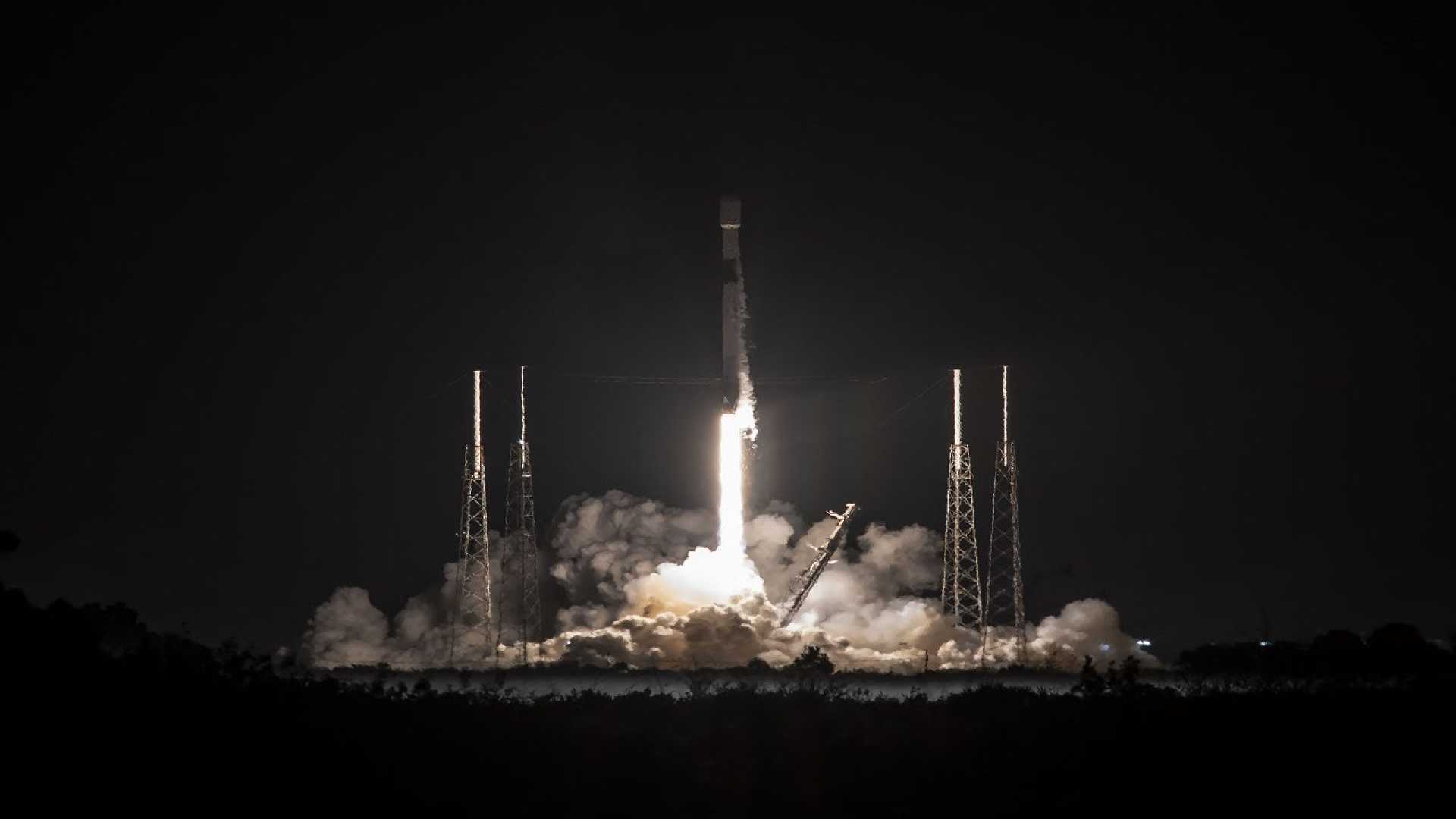Tech
NASA Launches Lunar Mission with Firefly Aerospace, SpaceX

CAPE CANAVERAL, Fla. — A SpaceX Falcon 9 rocket carrying Firefly Aerospace’s Blue Ghost Mission One lander launched early Wednesday from NASA’s Kennedy Space Center, marking a significant step in the agency’s Artemis campaign to return humans to the Moon. The mission, part of NASA’s Commercial Lunar Payload Services (CLPS) initiative, aims to deliver 10 scientific instruments and technology demonstrations to the lunar surface.
The liftoff occurred at 1:11 a.m. EST from Launch Complex 39A, with the Blue Ghost lander targeting a lunar landing on March 2. The payloads include experiments to test lunar drilling, regolith sample collection, and radiation-tolerant computing, among others. These technologies are critical for future human missions to the Moon and Mars.
“This mission embodies the bold spirit of NASA’s Artemis campaign – a campaign driven by scientific exploration and discovery,” said NASA Deputy Administrator Pam Melroy. “Each flight we’re part of is a vital step in the larger blueprint to establish a responsible, sustained human presence at the Moon, Mars, and beyond.”
The Blue Ghost lander is set to touch down near Mons Latreille, a volcanic feature within Mare Crisium, a vast lunar basin on the Moon’s near side. The data collected will enhance understanding of the Moon’s environment and support preparations for Artemis astronauts, who are expected to explore the lunar surface later this decade.
“NASA leads the world in space exploration, and American companies are a critical part of bringing humanity back to the Moon,” said Nicola Fox, associate administrator of NASA’s Science Mission Directorate. “The lessons from the Apollo Era have informed the technological and science demonstrations aboard Firefly’s Blue Ghost Mission 1.”
This mission represents the largest CLPS delivery to date, with 10 NASA payloads aboard. Chris Culbert, program manager for CLPS at NASA’s Johnson Space Center, emphasized the importance of the initiative: “We will follow this latest CLPS delivery with more in 2025 and later years. American innovation and interest in the Moon continue to grow.”
The CLPS program is a cornerstone of NASA’s modern lunar exploration efforts, aiming to study planetary processes, search for resources like water, and support sustainable human exploration. The data from this mission could also provide insights into how space weather and cosmic forces impact Earth.












